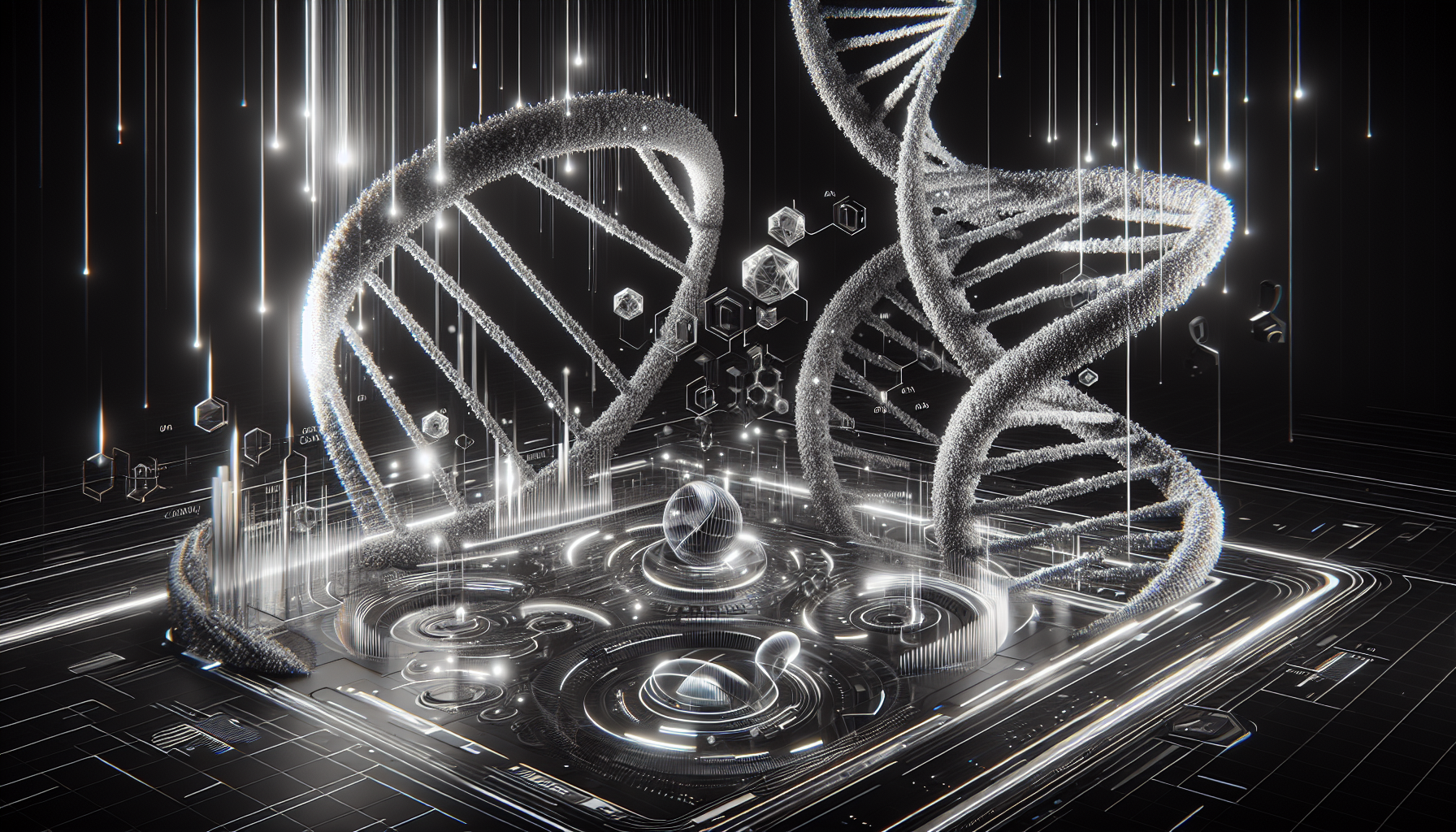DNA Computing Breakthrough: 100x Faster Processing Achieved
What if the future of computing wasn't built on silicon, but on strands of DNA? That future just got a lot closer. In a major leap forward, scientists at the University of California, San Diego have developed a DNA-based computing system that processes data up to 100 times faster than previous models. And it fits in a drop of liquid.
Announced on April 24, 2025, this breakthrough could reshape how we think about computing power, energy efficiency, and the very materials we use to solve the world's hardest problems. From cracking cryptographic codes to simulating drug interactions, DNA computing is no longer a science fiction concept-it's a working prototype with real-world potential.
How DNA Computes
Traditional computers use binary code-strings of 0s and 1s-to process information. DNA computing, on the other hand, uses the four-letter alphabet of life: A, T, C, and G. These nucleotide bases can be arranged in countless combinations, allowing for massive parallelism. In simple terms, billions of DNA molecules can perform calculations at the same time, all within a single test tube.
Led by Dr. Emily Chen, the UCSD team created a new architecture that uses synthetic DNA strands to encode and process data. The key innovation lies in a novel enzymatic process that speeds up how these strands interact. What used to take hours now takes minutes. In one test, the system solved a complex combinatorial problem-similar to breaking a cryptographic key-in just 12 minutes. Previous DNA systems needed over 20 hours for the same task.
Speed, Scale, and Sustainability
The numbers are staggering. The system performed roughly 1015 operations per second. That's a quadrillion. While not a replacement for general-purpose computers, this level of performance rivals and even surpasses supercomputers for specific types of problems, especially those involving optimization and pattern recognition.
Even more impressive is the energy footprint. The entire process used just 10 microliters of DNA solution. No electricity-hungry processors. No heat. No fans. Just molecules doing math. In an era where data centers consume more power than some countries, DNA computing offers a radically greener alternative.
What It Can-and Can't-Do
Despite the excitement, DNA computing isn't ready to replace your laptop. It excels at certain tasks-like solving complex puzzles with many possible combinations-but it's not built for general-purpose computing. Think of it more like a specialized tool than a universal machine.
There are also technical hurdles. DNA synthesis and sequencing still have high error rates. Costs remain a barrier too, with custom DNA strands priced at around $0.05 per base pair. That adds up quickly for large-scale problems. Dr. Michael Rao, a computer scientist at Stanford, warns that commercial viability will depend on reducing both errors and costs.
But there's reason for optimism. Advances in synthetic biology are rapidly improving both speed and affordability. Some experts predict a tenfold drop in DNA synthesis costs within five years. If that happens, DNA computing could become not just viable, but essential.
Real-World Impact
The UCSD team is already looking ahead. They plan to demonstrate practical applications by late 2026, starting with supply chain optimization. Imagine a logistics network that can instantly reconfigure itself to avoid delays, reduce emissions, and cut costs-all powered by DNA.
Startups are taking notice too. Several biotech and computing firms are exploring how to integrate DNA-based processors into existing systems. The potential use cases span industries: pharmaceuticals, finance, cybersecurity, and even climate modeling.
And then there's the environmental angle. DNA computing produces no electronic waste. It doesn't overheat. It doesn't require rare earth metals. In a world increasingly concerned with sustainability, that's a powerful advantage.
The Bigger Picture
This isn't just a faster way to compute. It's a fundamentally different way to think about information. DNA computing blurs the line between biology and technology, opening doors to hybrid systems that could one day live inside our bodies, monitor our health, or even repair our cells.
For now, it's a drop of liquid in a lab. But inside that drop is a glimpse of the future-one where data is processed not by machines, but by molecules. And that future is arriving faster than anyone expected.
Sometimes, the smallest things carry the biggest potential.
